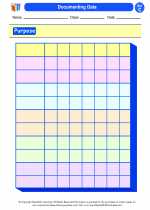Navigation
Navigation is the process of determining and controlling the movement of a craft or vehicle from one place to another. It involves using various tools, techniques, and systems to find a way to a desired location.
Types of Navigation
- Land Navigation: This involves finding your way over land, using tools such as maps, compasses, and landmarks.
- Marine Navigation: This is the process of navigating on water, using tools such as nautical charts, compasses, and GPS systems.
- Air Navigation: This refers to the navigation of aircraft through the air, using instruments, radio navigation aids, and GPS.
Tools and Techniques
There are various tools and techniques used in navigation, including:
- Maps: Visual representations of the Earth's surface, showing geographical features, roads, and landmarks.
- Compass: A tool that shows the direction of magnetic north, used for determining direction.
- Sextant: A navigation instrument used to measure the angle between a celestial object and the horizon, used in celestial navigation.
- GPS (Global Positioning System): A satellite-based navigation system that provides location and time information anywhere on or near the Earth.
Celestial Navigation
Celestial navigation is a technique used by sailors to navigate the seas by observing the positions of stars, the sun, and the moon. This method has been used for centuries and relies on understanding the movement of celestial bodies to determine a position on the Earth's surface.
Study Guide
To study navigation, it's important to understand the following concepts:
- Understand the different types of navigation: land, marine, and air navigation.
- Learn to read and interpret maps, including topographic maps and nautical charts.
- Understand how to use a compass for direction finding.
- Explore the principles of celestial navigation and how it has been used historically.
- Study the technology behind modern navigation systems, such as GPS.
By mastering these concepts, you'll have a solid understanding of the principles and techniques of navigation across different domains.
[Navigation] Related Worksheets and Study Guides:
.◂Science Worksheets and Study Guides Third Grade. Science in our world - 3rd gr.
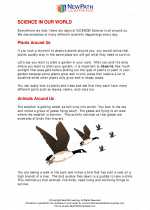
 Worksheet/Answer key
Worksheet/Answer key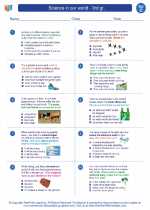
 Worksheet/Answer key
Worksheet/Answer key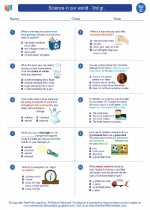
 Worksheet/Answer key
Worksheet/Answer key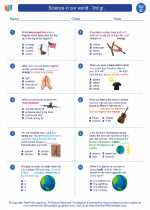
 Worksheet/Answer key
Worksheet/Answer key